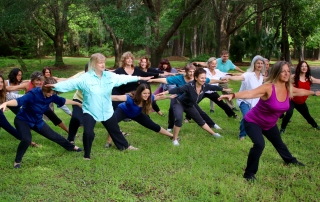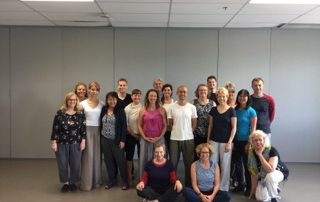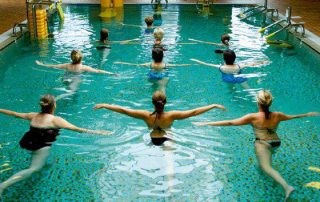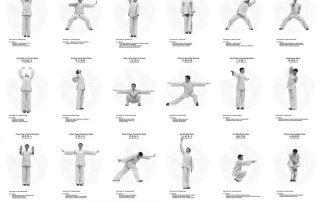Are you losing your mind? Keep your mind sharp with mind-body exercise!
Keep your mind sharp with mind-body exercise! What are mind-body exercises? Simply put, mind body exercise consists of movements that require you to think about what you are doing. You really have to pay attention to the placement of your body parts. The mind is active controlling the body and is able to stay in the moment. Some call this being in the flow, I call it dynamic meditation. It is not mindless like doing something that is habitual like walking or cycling. You could walk for an hour and your mind will think about all kinds of things - never about where your hand is going or your foot. Mind-body exercise requires that you learn a pattern or a sequence of movements. The exercise would be “new” to you and require a lot of practice to master. And even after practicing for many months or years you will always be learning more because your body will adjust to what you are doing and you can always improve or learn more. You could also learn other types of mind body exercises. Examples of mind-body exercise are Yoga, Tai-chi/Qigong and Dance. Researchers already know that physical activity and exercise improve health and cognition. In this analysis, they are interested in finding out if a mild or moderate activity like mind-body practices will improve cognition because older adults are more likely to do something that is simple, and not to intense. The most popular and promoted activity is walking, but walking does not improve cognition. Who says that mind-body exercise can improve cognition? And why should I believe them? Lately, there has been an explosion of researchers studying mind-body exercises. They are particularly interested in the health [...]







